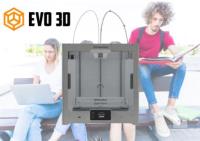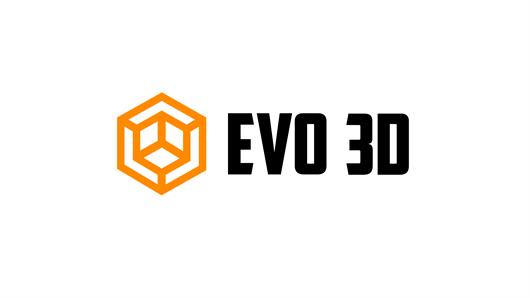 Add My Company
Add My Company
Sign In
ULTIMAKER S5 3D PRINTER USES IN EDUCATION
01-02-2023

Using 3D printing in education has received a lot of interest recently. 3D printing in education is all about rendering objects from the computer screen to the real, physical world- and into the hands of students for inspection, analysis and hands-on experience.
In this blog, we will tell you how a 3D printer, specifically Ultimaker S5 is used in education.
3D printing is one of the great ways to help teachers experiment and students learn with hands-on -experience. With 3D printers, teachers can convert theoretical concepts into practical ones so that students can learn in a more informative way.
With the help of 3D modelling, it is possible to bring any educational project of science, math, and history to life. As per MakerBot, the use of 3D printing has shown significant growth in education and remote learning in recent years.
As per the survey, 57% of educational professionals claimed that they used 3D printing for problem-based learning projects to increase engagement.
THINGS THAT CAN AFFECT THE 3D PRINTS
There could be many things that can affect the quality of 3D prints such as filament quality, slicing instructions, chamber temperature, nozzle diameters and retraction settings. If you already know what could be the reason for quality issues, you are better prepared. However, be patient and do not expect perfection right away.
HOW TO ENSURE BETTER PRINT QUALITY WHEN PRINTING WITH A 3D PRINTER?
1. Choose your Slicer carefully - A 3D model is based on CAD and 3D modelling software, but don’t use it for instruction on how to define a 3D model. Rather, get a slicer that your manufacturer has recommended. A slicing software will then translate your 3D model into G -code that contains thousands of instructions.
2. Choose filament wisely - Try to choose a better filament brand for better quality. There is some difference in quality between Ultimaker PLA and generic PLA-Ultimaker PLA. Some filaments are vulnerable to moisture, resulting in rough print issues when finished. It is better to store them in plastic bins or use a completely dry spool of filament.
3. Level the Bed - While many 3D printers come with bed levelling with an automatic nozzle, you still need to work on an uneven work surface and set it up. You need to do the bed levelling whenever you start a new 3D printing session. You may need a feeler gauge or an aluminium card to determine the distance between the nozzle at points across the bed. The feeler gauge will leave a little resistance between the bed and the nozzle. Therefore, sliding in and out properly.
4. Check Temperature - When the printer temperature is high or too low, you can expect problems with interlayer adhesion, surface quality and nozzle performance. High temperatures can leave deposits behind with plastic oozing from the nozzle. While low temperatures can cause layer separation, resulting in printing issues. Try to adjust the nozzle temperature by finding the right configuration.
5. Maintainance - Each 3D printer comes with its own unique features. The Ender 3s from Creality are some popular printers that could benefit greatly from a few upgrades. You need to follow maintenance tips like keeping a clean bed and lubricating the rails using manufacturer recommendations. If you experience any quality issues, check if the bolts and belts are tight enough or not.
CONCLUSION
Whether working with a large build volume 3D printer or large format 3D printing, you must improve print quality with constant practice.
You can also reach out to the best additive manufacturing solution for the required support.
Evo 3D actively provides support to customers with a wide range of printers. We tailor the individual needs of every client to the best of our abilities.
For more information on ULTIMAKER S5 3D PRINTER USES IN EDUCATION talk to Evo3D
Enquire Now
More Case Studies / Blogs
List your company on FindTheNeedle.
